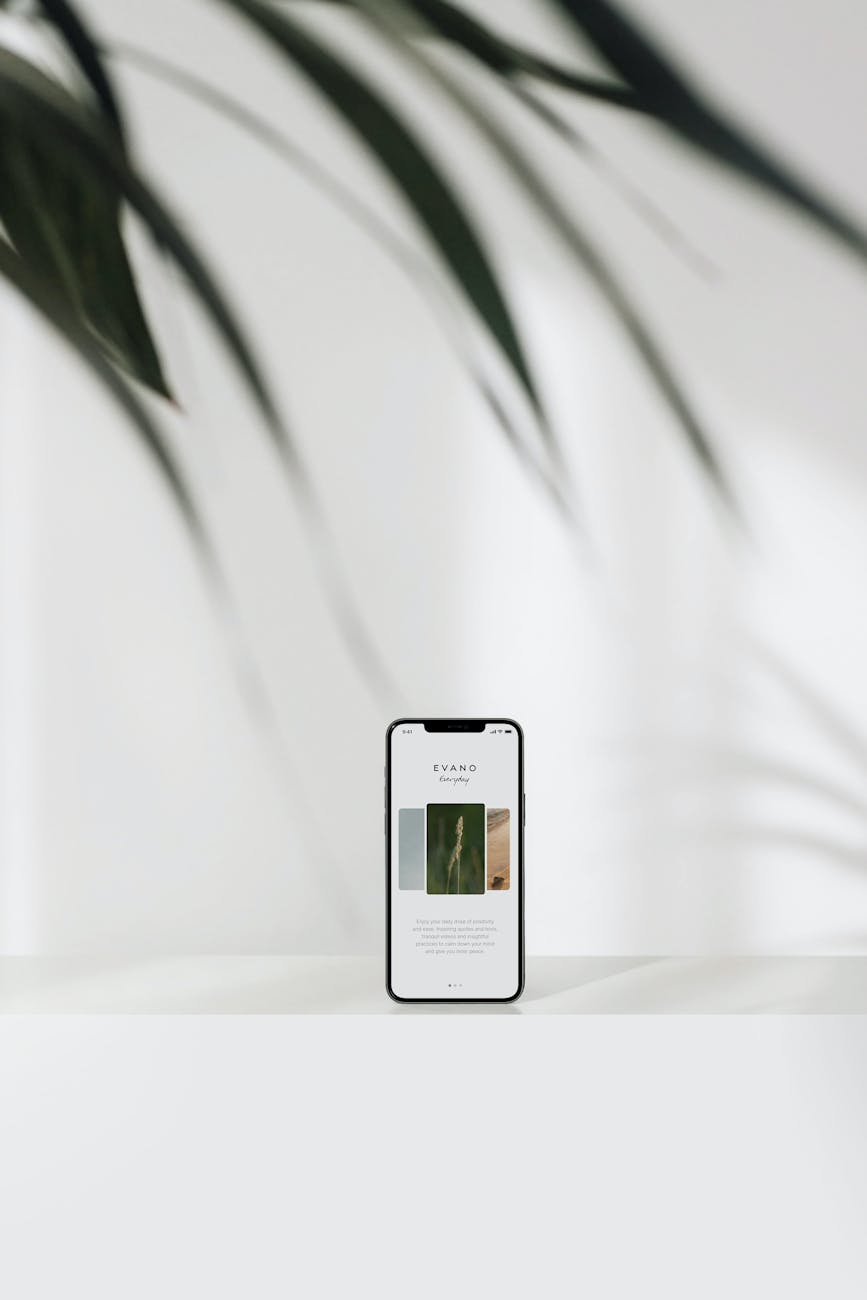Invisible Design: Mastering the Art of Seamless User Experience
In today’s digital landscape, where every second counts, the concept of “Invisible Design” emerges as a vital aspect of creating a seamless user experience. This design philosophy focuses on crafting interfaces and interactions so intuitive that users are often unaware they are interacting with a system at all. By emphasizing simplicity, consistency, and ease of use, invisible design allows users to accomplish their goals without distraction. In this article, we will explore the principles of invisible design, the importance of user research, the role of aesthetics, and how to implement best practices that blend functionality with unobtrusive usability. Embracing this approach can enhance user satisfaction and foster loyalty, ultimately driving better engagement and conversion rates.
Understanding Invisible Design Principles
At the core of invisible design lie several fundamental principles that guide the creation of user-friendly interfaces. These principles include:
- Simplicity: Stripping away unnecessary elements aids clarity.
- Consistency: Uniform design across different sections reduces cognitive load.
- Feedback: Providing users with immediate reactions to their actions enhances understanding.
- Accessibility: Designing for all users ensures wider reach and inclusivity.
Each principle helps build an environment where users can navigate effortlessly, making their experience feel natural and engaging. By incorporating these principles, designers create interfaces that blend seamlessly into usability, thereby making technology feel more human.
Importance of User Research
To effectively implement invisible design, understanding the target audience through user research is paramount. Insights gathered through interviews, surveys, and usability tests can shape design decisions, ensuring that interfaces meet real user needs. Here are a few key methods:
| Research Method | Benefits |
|---|---|
| User Interviews | Gains deep insights into user motivations and behaviors. |
| Usability Testing | Identifies areas of friction within the user experience. |
| Surveys | Collects quantitative data on user satisfaction and preferences. |
By conducting thorough user research, designers can empathize with their audience and iterate designs that diminish barriers to a comfortable experience, making their users feel naturally engaged and understood.
The Role of Aesthetics in Invisible Design
Aesthetics are often perceived as superfluous in user-centered design, yet they play a vital role in an invisible design framework. A visually appealing interface can create positive first impressions and enhance usability. Key elements include:
- Color: Establishes mood and guides user focus.
- Typography: Enhances readability and information hierarchy.
- White Space: Provides breathing room, reducing visual clutter.
When these elements are carefully curated, they contribute to a cohesive and engaging user experience where design is unobtrusive and supporting, allowing users to complete their tasks without distraction.
Best Practices for Implementing Invisible Design
To create a seamless experience, designers should adopt specific best practices:
- Conduct regular usability tests to assess user interaction.
- Iterate designs based on feedback and data analysis.
- Maintain a style guide to ensure consistency across various platforms.
- Focus on mobile optimization to cater to an increasingly mobile audience.
Incorporating these practices into the design process fosters a culture of continuous improvement, ensuring that the user experience remains at the forefront of design efforts. By committing to ongoing evaluation, designers can better align their work with user expectations.
Conclusion
Invisible design represents a pivotal shift in how we approach user experience in the digital realm. By adhering to principles like simplicity and consistency, emphasizing user research, leveraging aesthetics, and implementing best practices, designers can create interfaces that are intuitive and unobtrusive. Such an approach not only enhances user satisfaction but also cultivates brand loyalty, driving better engagement and conversions. As technology continues to evolve, embracing the art of invisible design will be crucial in ensuring that user experiences are as seamless and enjoyable as possible. Ultimately, the goal is to design experiences that allow users to focus on their tasks, rather than the interface itself, leading to a more human-centered interaction with technology.
Image by: Ron Lach
https://www.pexels.com/@ron-lach




